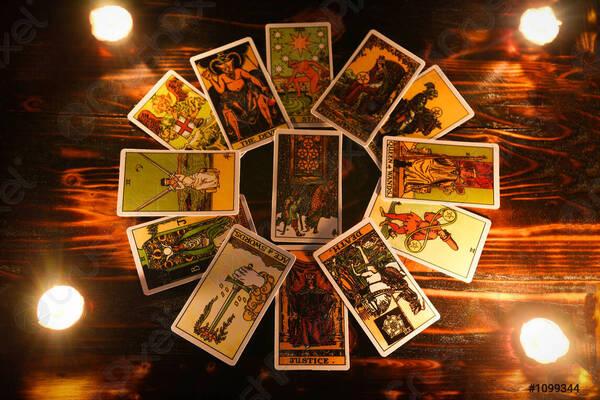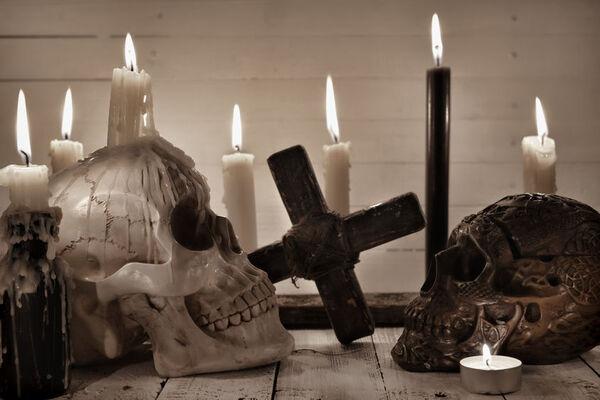Mephistopheles
Mephistopheles
(Mephistophilis, Mephistophilus, Mephostophiles)
Demon and representative of the Devil who is a principal figure in the legend of FAUST. Mephistopheles is more of a literary figure than one belonging to mythology and Demonology. He is usually described as a tall man wearing black clothing. The origin of the name Mephistophiles is uncertain. The name was known to the German occultist Johannes Trithemius (1442–1516), who described him as “a mysterious kind of Demon, dark through and through, malicious, restless, stormy.” “Mephistophiles” appears in 1527 in a Renaissance magical text, Praxis Magia Faustiana, and later as “Mephostophiles” in the Faust chapbook Historia von D. Johann Fausten, first published in 1587 by an anonymous author.
The chapbook tells the story of Dr. Johann Georg Faust, who bargains his soul to the Devil. Mephistophiles is invisible to others but can be seen by Faust in various shape-shifted guises, including as a grey friar monk. Dr Fausts Hollenzwang describes “Mephistophiel” as one of the seven great princes of Hell, who “stands under the planet Jupiter, his regent is named Zadkiel, an enthroned angel of the holy Jehovah . . . his form is firstly that of a fiery bear, the other and fairer appearance is as of a little man with a black cape and a bald head.” The Demon also manifests as an invisible ringing bell.
Mephistopheles is a trickster and practical joker, who serves the lusts and desires of Faust. In the end, he is a shrewd negotiator who has the last laugh by trapping Faust into damnation. In some accounts, however, Faust manages to redeem himself and escape eternal punishment in hell.
The chapbooks inspired Christopher Marlowe’s play The Tragic History of Doctor Faustus and Johann Wolfgang von Goethe’s drama Faust. Shakespeare mentioned Mephistophilus in The Merry Wives of Windsor.
The Encyclopedia of Demons and Demonology – Written by Rosemary Ellen Guiley – Copyright © 2009 by Visionary Living, Inc.










